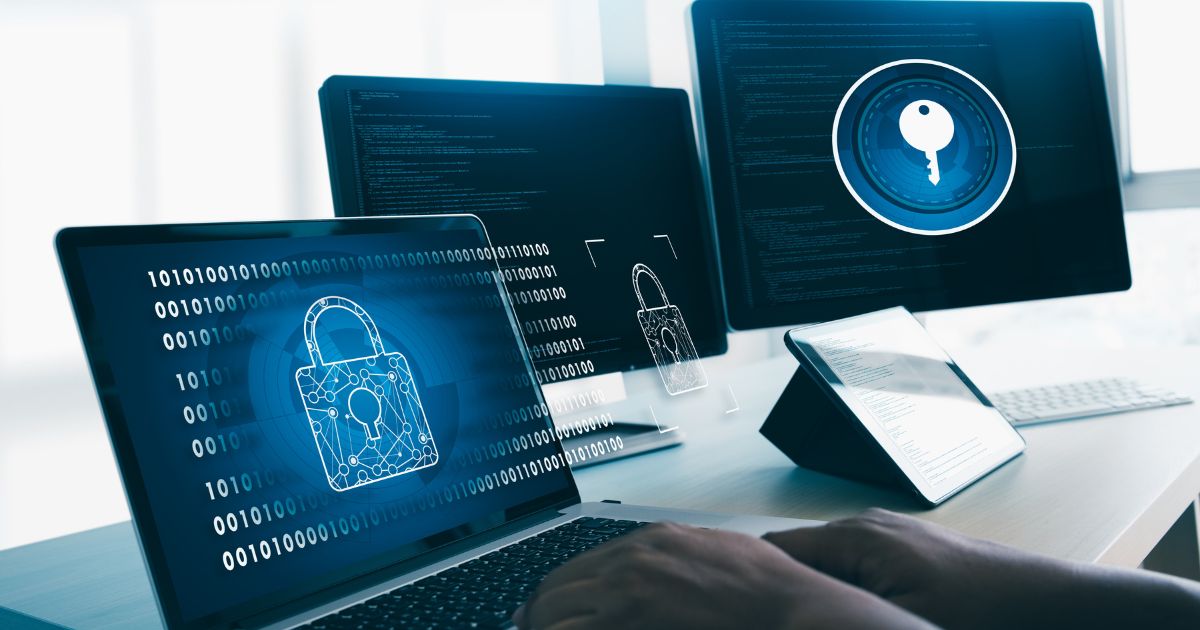As we enter a new era of rapid technological advancements, computing trends continue to shape the way we live, work, and interact with the digital world. While innovations in artificial intelligence, cloud computing, and the Internet of Things (IoT) open exciting new possibilities, they also bring new challenges, especially in the realm of cybersecurity. As businesses and individuals become more reliant on technology, ensuring the safety and security of digital environments has never been more crucial. This article explores some of the key computing trends and how they impact cybersecurity.
-
The Rise of Artificial Intelligence (AI) and Machine Learning
AI and machine learning (ML) are revolutionizing computing by enabling systems to learn from data and make decisions without human intervention. This trend is evident across various sectors, from healthcare to finance. However, the integration of AI presents significant cybersecurity concerns. For instance, cybercriminals are increasingly using AI to automate attacks, such as phishing or malware deployment, making these threats more sophisticated and difficult to detect. On the flip side, AI can also enhance cybersecurity measures by analyzing patterns in network traffic, detecting anomalies, and predicting potential security breaches before they happen.
-
Cloud Computing and Data Security
Cloud computing continues to dominate the computing landscape as businesses move their data and applications to cloud platforms for greater flexibility, scalability, and cost-efficiency. However, this trend raises concerns about data security and privacy. With sensitive data being stored on remote servers, the risk of breaches or unauthorized access becomes a significant issue. To address these concerns, companies are increasingly adopting end-to-end encryption, multi-factor authentication, and zero-trust security models. These measures help ensure that only authorized users can access cloud-stored information, while encryption safeguards data both in transit and at rest.
-
The Internet of Things (IoT) and Network Vulnerabilities
The rapid growth of IoT devices—ranging from smart home appliances to industrial machinery—has created a more connected world. However, each new device connected to the internet represents a potential entry point for cyber threats. Many IoT devices have been found to have weak security features, such as default passwords or unpatched software, making them easy targets for hackers.

Microminder CS, a leading provider of cybersecurity solutions, offers advanced threat detection tools specifically designed to protect IoT networks from vulnerabilities. As the IoT ecosystem expands, businesses and consumers must prioritize securing these devices with strong authentication protocols, regular updates, and robust firewalls.
-
5G Technology and the Expansion of Cyber Threats
The rollout of 5G networks is expected to significantly increase internet speeds and connectivity, paving the way for innovations like autonomous vehicles and smart cities. However, 5G also presents a new set of cybersecurity challenges. The greater volume of connected devices and the complexity of 5G infrastructure create more opportunities for cybercriminals to exploit vulnerabilities. To mitigate these risks, telecom companies and governments must invest in securing 5G networks, including enhancing encryption and implementing stricter access controls.
-
Blockchain and Cybersecurity Applications
Blockchain technology, best known for powering cryptocurrencies like Bitcoin, is gaining traction in various industries due to its potential to enhance security and transparency. Blockchain’s decentralized nature makes it more resistant to hacking and fraud, as there is no central point of failure.

For cybersecurity, this means blockchain could be used to improve identity verification, secure transactions, and protect sensitive data. However, as blockchain becomes more widely adopted, it may also face new threats, such as smart contract vulnerabilities and 51% attacks, which could compromise its integrity.
Conclusion
As computing trends continue to evolve, so do the associated cybersecurity challenges. Artificial intelligence, cloud computing, IoT, 5G, and blockchain each present unique opportunities but also introduce new risks that must be managed. For businesses and individuals alike, staying informed about these trends and adopting best practices in cybersecurity is essential to protect sensitive data and ensure the integrity of digital systems. The future of computing is exciting, but it requires a proactive approach to security to navigate the digital landscape safely.
